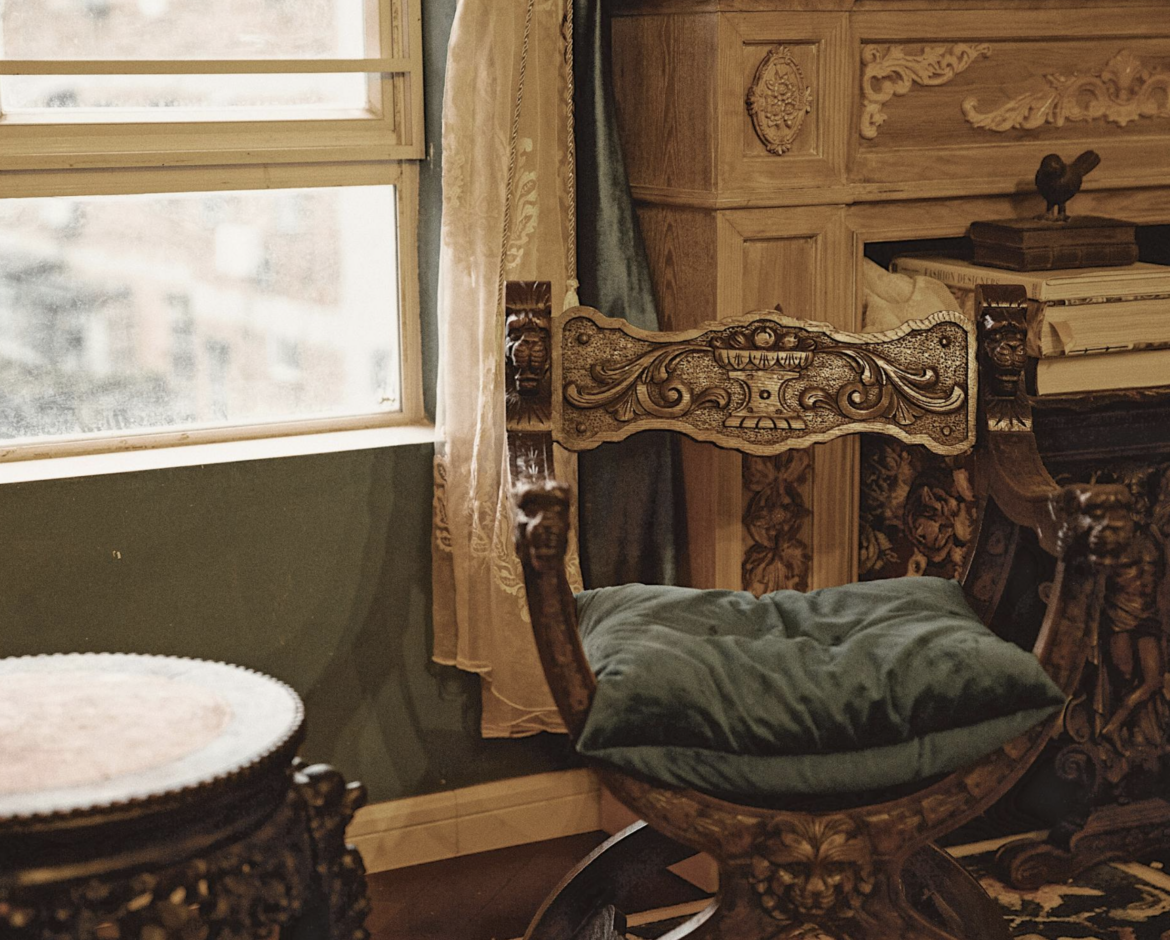Thrifting isn’t just a way to save money; it’s a treasure hunt that can lead to unique vintage and antique finds that can’t be replicated in the modern retail world. Whether you’re a seasoned thrifter or a newbie to the secondhand scene, knowing how to navigate the sea of seemingly endless items is crucial to uncovering those hidden gems. In this article, we’ll share 10 tips to help you find the treasures that make thrifting such an exciting and rewarding experience.
Tip 1: Know What You’re Looking For
Before you head to your local thrift store, have a clear idea of what you’re looking for. Do you want to add to your vintage T-shirt collection, find a piece of antique furniture, or perhaps snag some retro decor? Having a focus can help you sift through the overwhelming variety of items and spot the treasures you’re after more easily.
Research Ahead of Time
Do a bit of research on the items you’re interested in. If you’re hunting for antiques, learn to identify marks and characteristics of the era or maker. For vintage clothing, familiarize yourself with labels, fabrics, and styles indicative of different time periods.
Tip 2: Visit Regularly
Thrifting is a game of chance and timing. Inventory at thrift stores changes frequently, sometimes daily. Making regular visits increases your likelihood of being there right when that perfect item is put on the shelf.
Establish a Route
If you have multiple thrift stores in your area, create a thrifting route. Plan a circuit that you can follow each time you go treasure hunting. This way, you can maximize your time and the number of stores you visit.
Tip 3: Check Out Different Locations
Some thrift stores, especially those in upscale neighborhoods, can have a higher concentration of designer or high-quality items. Don’t limit yourself to the stores closest to you; explore different areas to see what they have to offer.
Consider the Demographics
The stock of a thrift store often reflects the neighborhood it’s in. Stores in college towns might have trendier clothes, while those in areas with an older population might carry more vintage and antique items.
Tip 4: Examine Items Carefully
When you find something that piques your interest, take the time to examine it closely. Check for any damage, stains, missing parts, or signs of wear and tear. Remember, most thrift stores sell items as-is, and returns are usually not an option.
Test Electronics and Appliances
If you’re buying electronics or appliances, ask if there’s an outlet nearby to test the item before you buy. This can save you the frustration of getting home with a non-working treasure.
Tip 5: Be Patient
Thrifting requires patience. You might not find a treasure every time, but the thrill of the hunt is part of the fun. Go in with an open mind and give yourself plenty of time to browse without feeling rushed.
Enjoy the Process
Take your time going through the racks and shelves. Sometimes, the best finds are hidden behind other items or in places you might not expect.
Tip 6: Look for Quality and Craftsmanship
When assessing potential treasures, pay attention to the quality and craftsmanship. Solid wood furniture, well-made garments, and items with handcrafted details are often worth picking up.
Learn the Signs of Quality
Understand the hallmarks of quality items, such as dovetail joints in wood furniture or high stitch counts in clothing. These details can indicate an item that has stood the test of time and may continue to do so.
Tip 7: Get Creative with Upcycling
Sometimes the real treasure is not the item itself but the potential it holds. A dated piece of furniture can be transformed with a coat of paint or new hardware. Look beyond the surface and imagine what an item could become with a little TLC.
Inspiration is Key
Keep an open mind and draw inspiration from DIY blogs, Pinterest, or Instagram to get ideas for upcycling thrift store finds into unique pieces that fit your style.
Tip 8: Know the Sale Days
Many thrift stores have special sale days where items are discounted even further. This could be a weekly event or tied to holidays and end-of-season clearances. Familiarize yourself with the sale schedule to get the best deals.
Join Loyalty Programs
Some thrift stores offer loyalty programs that provide members with additional discounts or early access to sales. Signing up can give you a leg up on finding those sought-after items.
Tip 9: Dress Appropriately
Wear comfortable clothes and shoes that are easy to slip in and out of if you plan to try on clothing. Some thrift stores have limited or communal fitting rooms, so dressing in layers can make trying on clothes easier and more discreet.
Bring a Measuring Tape
For furniture or items that need to fit specific dimensions, bring a measuring tape. This helps ensure the piece will fit in your space before you lug it home.
Tip 10: Negotiate When Appropriate
While thrift store prices are already low, there may be room for negotiation, especially if an item is damaged or has been sitting on the sales floor for a while. It never hurts to politely ask if the price is firm or if they’re willing to take less.
Build Relationships with Staff
Getting to know the staff can be beneficial. They might give you a heads-up on upcoming sales or new arrivals and be more open to negotiating prices with regular customers they recognize and trust.
Bonus Tip: Have Fun!
Remember, thrifting should be enjoyable. Revel in the hunt, celebrate your finds, and share your successes with friends. You never know what stories your next thrifted treasure might hold.
Conclusion
Finding treasures at thrift stores requires a mix of strategy, knowledge, and sometimes just plain luck. By following these tips, you’ll be well on your way to scoring those one-of-a-kind items that make thrifting so rewarding. Keep an open mind, stay patient, and happy thrifting!


